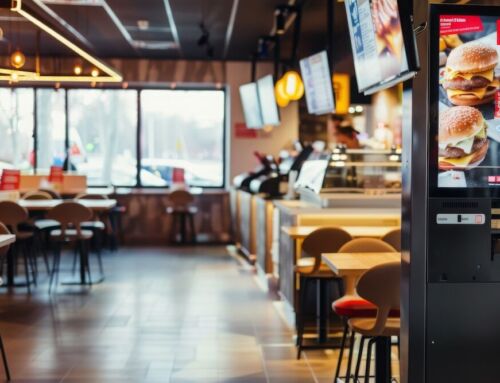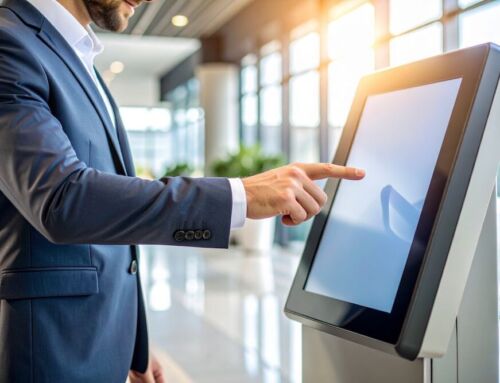‘Phygital’ might not be the most graceful portmanteau of two words ever thought up. But as a description of the blurring lines between physical spaces and digitised experiences, it speaks to a growing reality in our daily lives.
This is especially evident in the restaurant sector. QSRs have long been associated with pioneering self-service kiosks for ordering and payment, helping to make the fast food experience even more efficient.
Now, we’re increasingly seeing this cross over to the dine-in sector, albeit in different forms. Rather than large-format kiosks, tablet-sized digital menus and interactive screens are starting to be a familiar sight at restaurant tables.
Despite the differences in size and placement, the function and purpose of the ‘digital table’ is much the same as its much larger QSR kiosk cousin – to streamline ordering processes, to give diners greater autonomy, and to increase average order values by providing customers with more complete, and perhaps personalised information.
Another side to the ‘phygital’ experience is that some restaurants, alongside or perhaps instead of the at-table mini kiosks, are making menus, ordering and payment options available via patrons’ smartphones. You have probably come across options to access a menu by scanning a QR code at the table already. In this way, the phygital approach also aims to close the circle between online and in-restaurant experiences.
Why does phygital matter?
A recent study by US firm Tillster identified clear increases in diners’ appreciation and use of phygital solutions and then went on to detail three reasons why.
First, the report found that restaurant-goers are increasingly positive about the extra information found on a digital menu. The number of diners citing this as a benefit was up 10% from Tillster’s last study. In this regard, digital menus stand out from paper menus in terms of the more detailed ingredient and nutritional information they can provide, while still making all the details accessible.
Leading on from this, digital menus also make it easier for diners to customise their meal. A third of diners now cite this as a benefit of on-table phygital options. Armed with more information, they have more control over leaving out certain ingredients, whether that’s down to allergies or just personal preferences. Digital systems where diners input what they want also tend to be more accurate by providing more of a direct route to the kitchen.
Last but not least, as is widely brought up when users talk about the benefits of self-service options, diners say they enjoy being able to go at their own pace before placing an order, without the pressure of a member of staff arriving at their table. This creates more room for customised and personalised orders. And ultimately, this drives up average order values.
In summary, the goal of phygital dining is to make the dining experience more convenient, personalised, and enjoyable for customers. It also helps restaurants streamline their operations and improve efficiency. And the evidence suggests that diners are very much in favour.
Get in touch to find out how we can help you digitise the dine-in experience at your restaurant.




